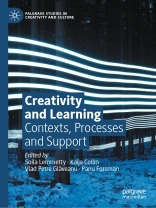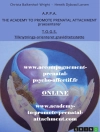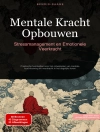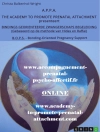Chapters 1, 6 and 8 are available open access under a Creative Commons Attribution 4.0 International License via link.springer.com.
Daftar Isi
Chapter 1. Introduction: Creativity and learning as sociocultural and intertwined phenomena.- Chapter 2. Uncertainty: A Necessary Condition for Creative Learning.- Chapter 3. Time to Think: Lessons about Purpose and Agency from Case Studies.- Chapter 4. Developing Intelligence and Creativity in Education: Insights from the Space-Time Continuum.- Chapter 5. Cultivating Creativity in Computing Education: A Missed Opportunity?.- Chapter 6. . Multiple creativities put to work for creative ecologies in teacher professional learning: A vision and practice of everyday creativity.- Chapter 7. Distributed Creativity and Expansive Learning in a Teacher Training School’s Change Laboratory .- Chapter 8. Virtual enterprise simulation game as an environment for collaborative creativity and learning.- Chapter 9. Mind the gap: Creative knowledge processes within interdisciplinary groups in organizations and higher education.- Chapter 10. Remaking and transforming cultural practices: Exploring the co-occurrence of work, learning and innovation.- Chapter 11. Supporting Creativity and Learning at Work: Practices and Structures from Growth Companies.
Tentang Penulis
Soila Lemmetty is a researcher at the Department of Education of the University of Jyväskylä, and a research coordinator at the Jyväskylä University School of Business and Economics, Finland.
Kaija Collin is an associate Professor at the Department of Education of the University of Jyväskylä, Finland
Vlad Glăveanu is an associate Professor and Head of the Department of Psychology and Counselling at Webster University Geneva, Associate Professor II at University of Bergen, Norway, and Director of the Webster Center for Creativity and Innovation (WCCI).
Panu Forsman is a university teacher at the Faculty of Education and Psychology of the University of Jyväskylä, Finland.












